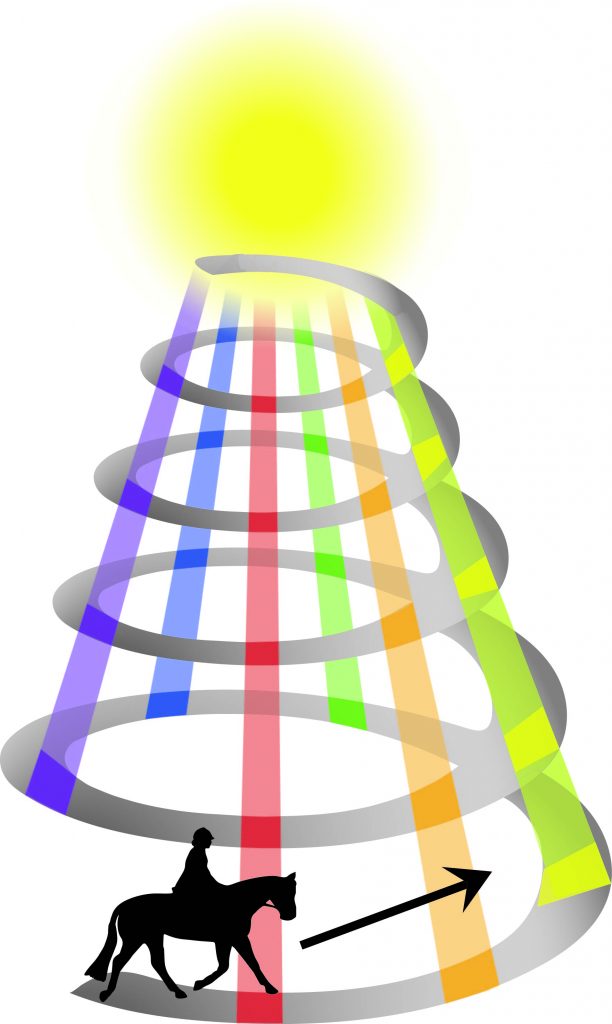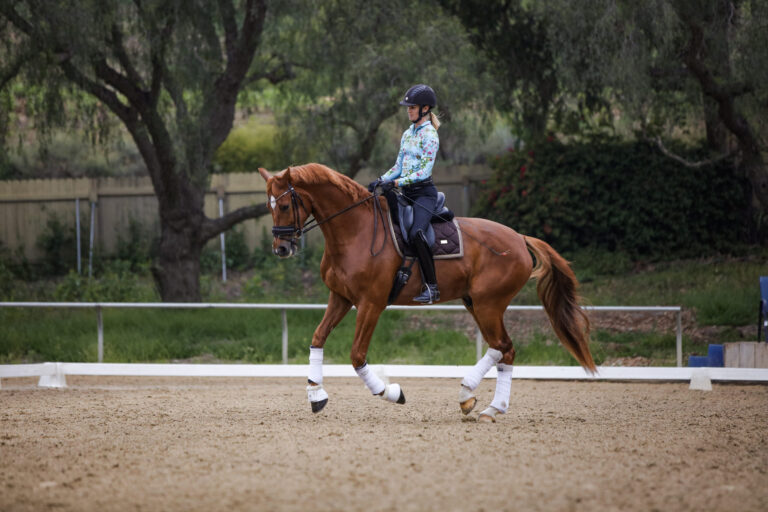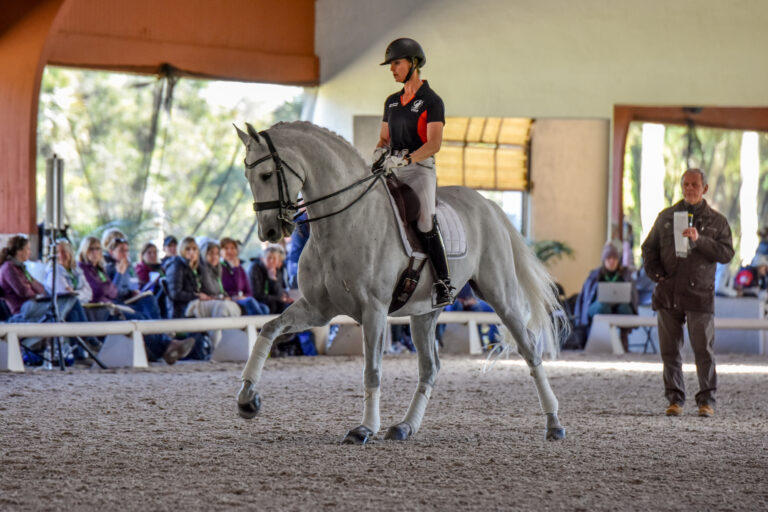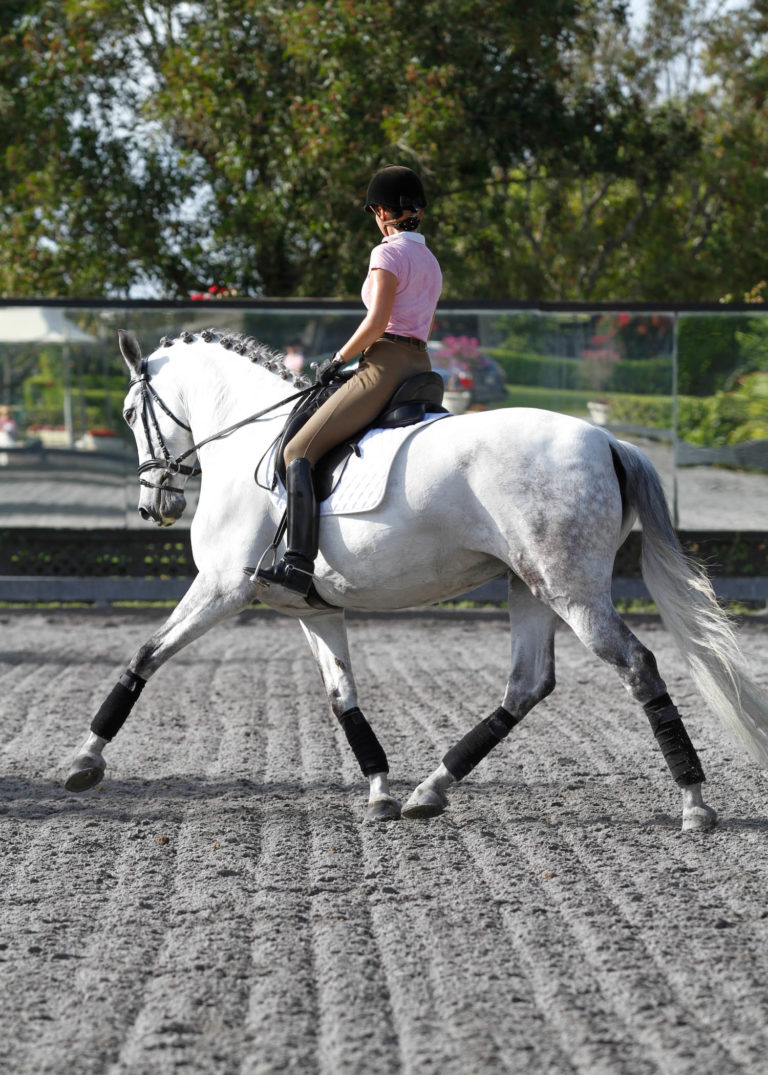The Training Scale was presented at a lecture I attended in the early 1970s. Memorizing the six steps (rhythm, suppleness, contact, impulsion, straightness, collection) was easy.
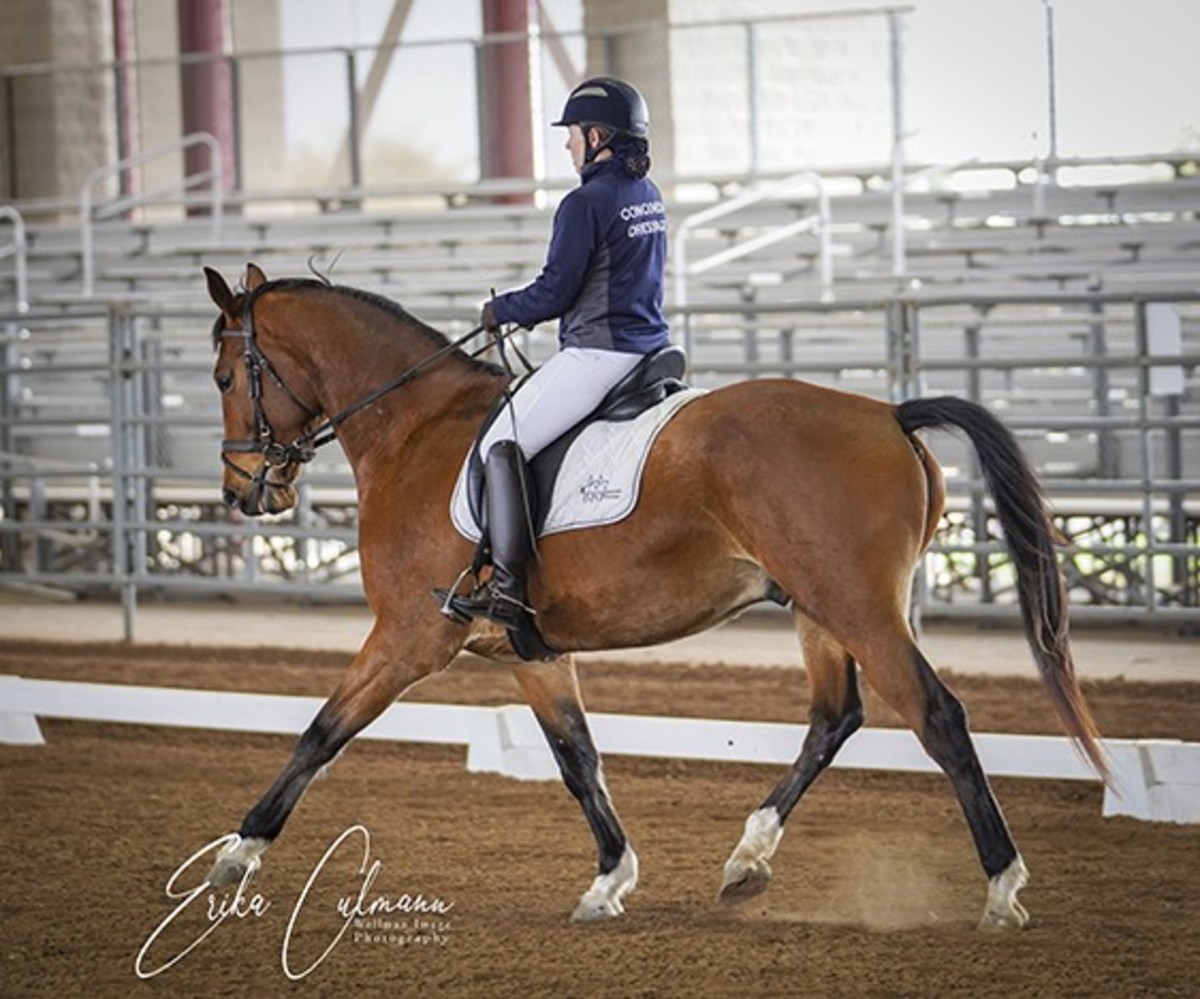
The challenge was understanding the importance of following the sequence and building the foundation needed for success at the higher levels.
I wish I‘d known then that there are no shortcuts, that it takes patience to follow the steps in the development stages and that suppleness is important not only in the initial training but also throughout the horse’s development.
The quality of every movement is determined by the first three pyramid steps: rhythm, suppleness and contact.
Rhythm is paramount in assessing gaits. Suppleness improves the gaits, making them more elastic and rhythmic, developing the horse gymnastically and producing the much-talked-about “happy athlete.” A steady, elastic contact can be achieved only when a horse is working with a relaxed, swinging back.
For example, introducing the stretchy circle at Training Level encourages correct training because the horse must maintain a balanced, rhythmical trot and demonstrate longitudinal suppleness and acceptance of the bridle by stretching over the back into the contact.
This is the beginning of teaching the horse to work through the neck and back into the bridle. The forward and downward lowering of the head softly stretches the neck and back muscles, allowing full range of motion at each joint. The shoulders become freer, the gaits more elastic with the horse working through his topline into the bridle with more engaged hindquarters. The relaxed, swinging back improves the paces, encourages a soft chewing of the bit and acceptance of the forward driving aids. The horse can now meet the Training Level test purpose: To confirm that he is supple and moves freely forward in a clear and steady rhythm, accepting contact with the bit. This throughness must be further developed and maintained throughout the horse’s training for success at the advanced levels.
When the muscle groups are constricted, the horse’s elasticity, freedom and range of motion are restricted. Choppy, hurried steps; broken necks; mouth problems; sluggish hindquarters; horses above and/or behind the bit; stiff, hollow backs and contact problems are some of the resistances that will show up and can be attributed to a need for longitudinal suppling.
Irregularities in lateral work often manifest themselves in a sound horse lacking lateral suppleness. The compassionate rider will resist the temptation to use stronger aids.
The sign of a good trainer is one who has the patience to go back and address the root of the problem. More often than not the problem is not a lack of communication but a need for suppleness. With suppleness (both longitudinal and lateral) the well-muscled horse will perform the movements with balance and ease. The horse who is forced into submission will always appear stiff and tense. Looseness and relaxation must be obvious in every movement at all levels.
I wish I had known from the beginning how to use suppleness to make the right things easy and the wrong things hard. There are no shortcuts.

Doreen Horsey is an Equine Canada “S” dressage judge, a USEF “S” judge and a member of Dressage Canada’s Official’s Committee. She has won many national awards to Grand Prix and was on Canada’s international long list in 1989 and 1990. She is based in Alberta, Canada.


